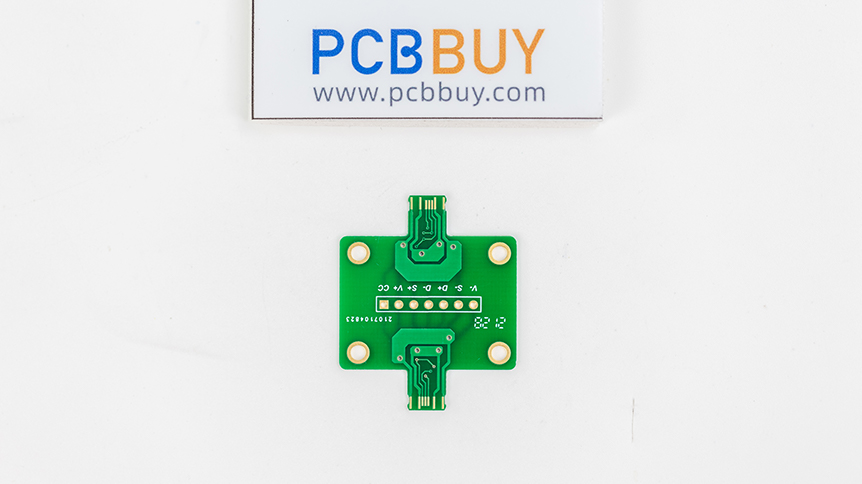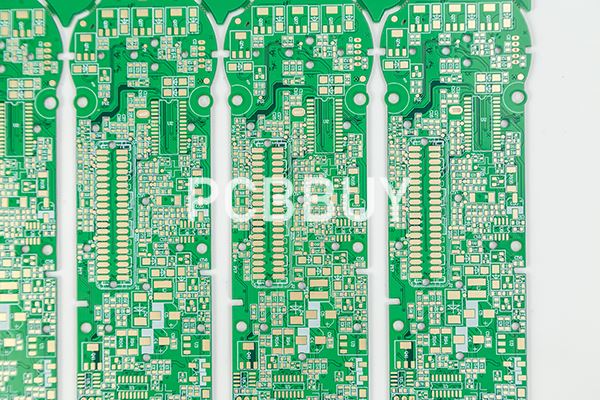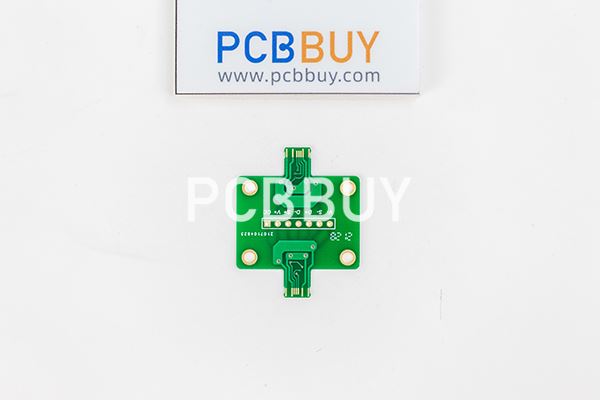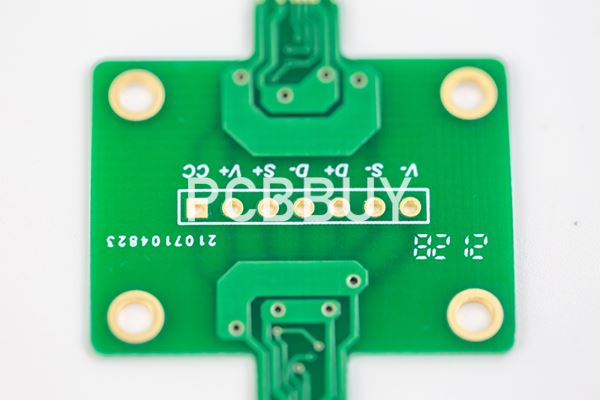Is PCB Shielding Shield Necessary during Manufacturing?
By:PCBBUY 09/05/2023 16:19

Interconnections are a good thing for PCBs – even vital considering the density of modern packages and signals. But the requirements of through-hole sizes constrain already cramped layouts. However, through holes are tied to board thicknesses, and an HDI design that requires additional layers for routing and power/reference planes will continue to increase the size of the through holes. A more moderate approach to interconnections can be achieved with microvias formed through PCB laser drilling, which shrinks down drilled hole sizes with layer-by-layer drilling.

PCB Shielding Cans Shield Where Necessary
PCB layouts are facing a crunch: on the one hand, electronics have grown to have extensive feature lists, while at the same time, portability and form factor are becoming more desired. Simply put, designers are often asked to do more with less; achieving complexity in cramped designs requires an evaluation of every board feature to maximize space savings.
Traditional through-hole drilling methods tie the board’s width to the diameter of drilled holes through the aspect ratio. Typical aspect ratios for mechanically-drilled through-holes are in the range of 8~10:1 (that is, a minimum hole diameter of 6.3 mils for a standard 63 mil wide board).
Exceeding the aspect ratio can cause multiple issues during fabrication. A board with an aspect ratio above recommended settings can experience plating issues. A via-hole plate outside-in from the openings slows the metal deposition rate at the vertical center of the through hole as the process progresses. A wide enough hole opening ensures good plating coverage along the length of the via barrel. In contrast, small openings can experience poor or incomplete plating at the via center. This poses continuity issues and affects the stress-strain profile, and CTE mismatches in the z-axis, undermining mechanical stability.
PCB laser drilling affords additional design flexibility by creating microvias with maximum aspect ratios and depths of 1:1 and .25mm, respectively. While the aspect ratio is smaller than standard through holes, the controlled depth drilling through laser ablation means that the hole size can be shrunk significantly compared to drilled through holes. Because these microvias can only span one or two layers at a time, they must be combined to form a structure similar to a through hole in a stacked or staggered arrangement:

Stacked microvias are aligned in the z-axis, one on top of another.
Staggered microvias can be placed anywhere within the plane, provided a trace connects it to same-net microvias on adjacent layers.
Microvias face additional fabrication costs and challenges compared to through-hole drilling, and designers must be cognizant of these requirements. Larger aspect ratio vias, wherever possible, are encouraged, and microvia “through holes” should limit stacked microvias to avoid reliability issues.
Circumventing EMI During Layout
As with standard drilling, the major considerations for laser drilling efficacy are accuracy and throughput. Positional accuracy arguably takes on an even greater importance in laser drilling due to the relative size of the via hole – via position that strays from its true center becomes more noticeable at this resolution. Additionally, HDI design necessitates greater fan out and routing density which translates to a greater number of vias overall. Laser drilling technology, therefore, requires advancements above and beyond standard techniques for feasibility. There are a few concepts necessary to successfully incorporate a laser process cycle into fabrication:

High peak/short pulse: A higher powered laser pulse driven by a substantially faster rise time improves the ablation of the substrate material while also reducing the particular drilling time for each via.
Scanning improvements: A significant amount of processing time is due to the jump from one via position to the next. Efficient servo motors quickly steer the scan head and reduce the time between drills.
Motion-to-fire: Laser guiding systems must prepare for their next move before finishing their current drill job. A closed-loop system uses feedback response to search for its next target, while an open-loop method uses a pre-loaded look-up table for greater speed. A closed-loop system is more accurate between the two as it requires a positional check before firing the laser. At the same time, the open-loop method uses trial-and-error jump delays to sequence the travel time between drills and calibration of servo motors to account for mechanical aging.
Industry Category











